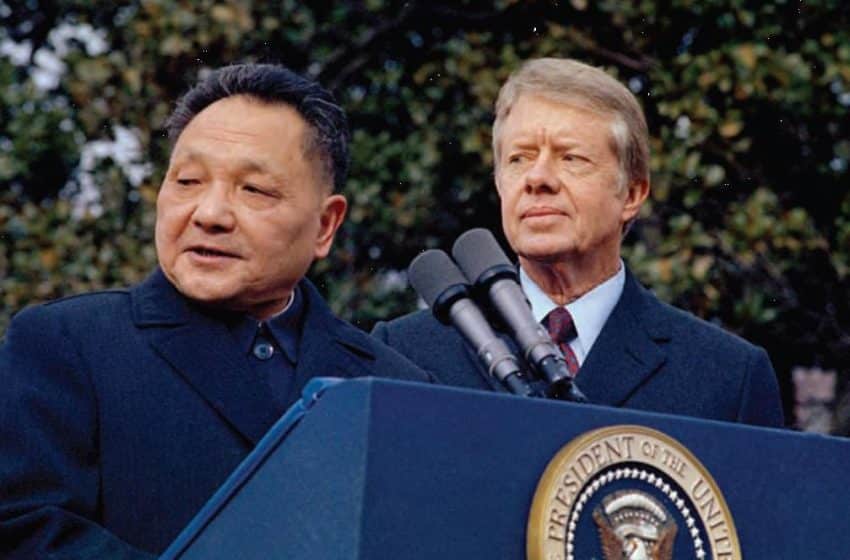Oil At Two-Month High On China Demand Hopes, Easing Supply Glut
Oil prices rose on Tuesday after China’s surprise monetary policy easing stoked expectations for higher oil demand from the world’s largest commodities consumer and signs emerged that a global supply glut was starting to deflate.
Benchmark Brent crude futures were up 44 cents at $37.01 a barrel at 1304 GMT, the highest in eight weeks.
U.S. crude futures were trading at $34.50 a barrel, up 75 cents and close to a four-week high reached on Friday.
“Oil prices are up due to the Chinese reserve ratio requirement cut and reports on dropping oil production,” said Tamas Varga, oil analyst at London brokerage PVM Oil Associates.
China has announced a cut in the amount of cash that banks must hold as reserves, positively surprising markets as the move frees up an estimated $100 billion for fresh lending.
Exports from Iraq’s southern fields dropped in February to an average of 3.225 million barrels per day (bpd), the country’s oil ministry said on Tuesday.
This fed into a Reuters survey showing OPEC production had slipped from the highest monthly level in recent history, easing concerns a global supply glut was worsening. OPEC supply fell to 32.37 million bpd in February, the survey showed.
Additionally, U.S. government data this week showed crude output last December fell for a third straight month by 43,000 barrels per day (bpd) to 9.26 million bpd, its lowest in a year. Although average annual 2015 crude production of 9.43 million bpd was still 720,000 bpd above the previous year.
The International Energy Agency’s oil division head, Neil Atkinson, said on Tuesday oil prices had “bottomed out” and were set to rise throughout this and next year.
He said a price rally would be limited in the medium term by U.S. shale production costs of $40 to $50 a barrel, however.
At the same time, discussions among major oil producers, including Saudi Arabia and Russia, agreeing to a production freeze are unlikely to reduce a global overhang in supply of well of over 1 million bpd, analysts said.
“The prospect of a detente between two of the largest oil producers in the world (Saudi Arabia and Russia), already at loggerheads over the Syria conflict, was almost too good to be true,” Singapore Exchange (SGX) said in a monthly note on Tuesday.
Other analysts said the recent rise in U.S. crude prices will likely lift the rig count as more drillers find it profitable to search for oil at slightly higher prices.
“There is thus an increasing risk that the steep decline in U.S. shale oil rigs we have seen for weeks now may soon come to an end and show an uptick rather than a further decline in a week or two,” said Bjarne Schieldrop, chief commodities analyst at SEB Markets.
By KAROLIN SCHAPS Mar. 1, 2016 on Reuters
Read more here








